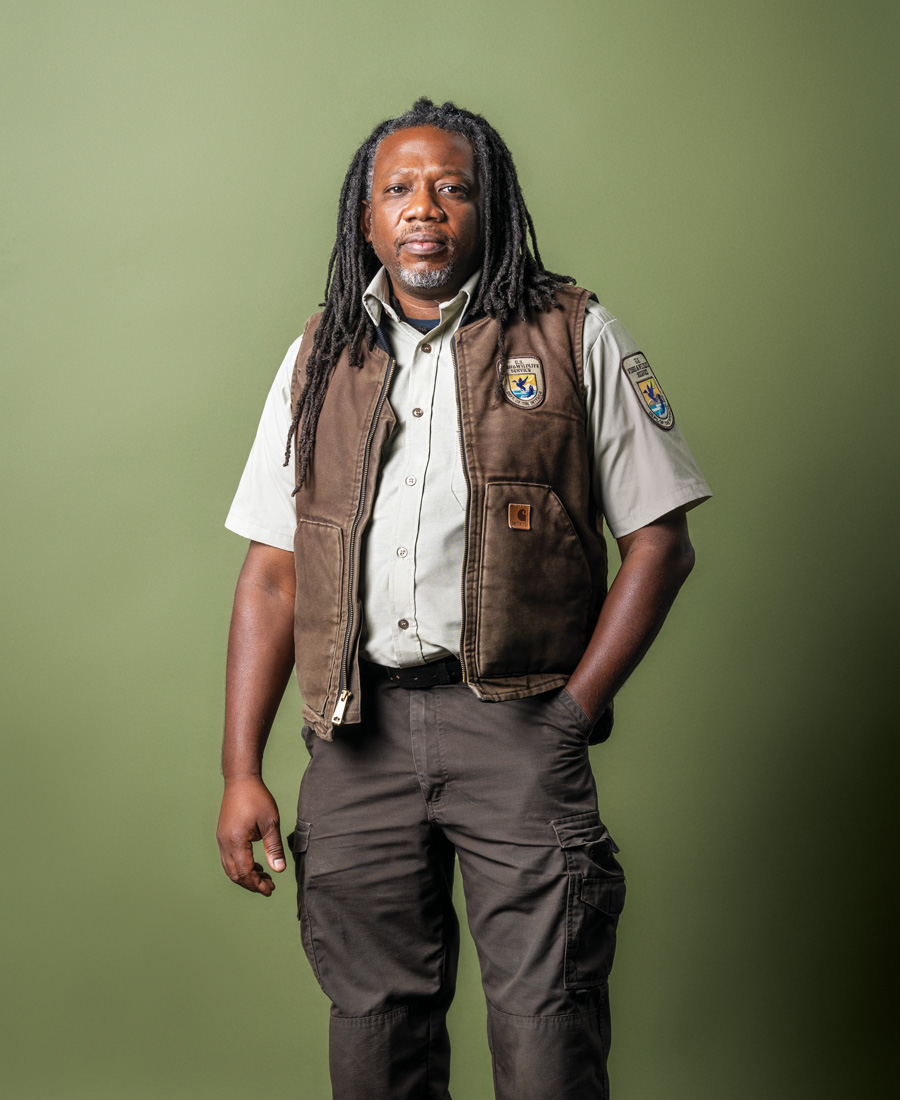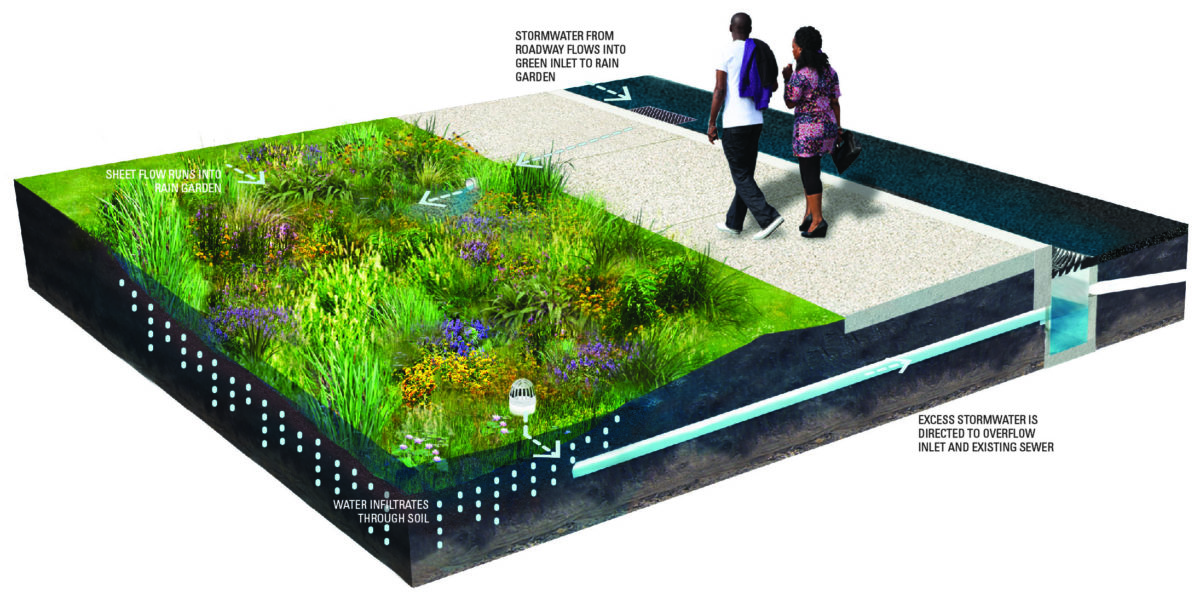Wetlands
Define invasive plant.
Invasive plant species are non-native to particular ecosystems and the introduction of them is likely to cause “economic or environmental harm or harm to human health,” according to the National Invasive Species Information Center.
Define watershed.
A watershed is the area of land that drains precipitation to a particular body of water. Can range in size from a few acres to millions of acres. Bonus: What watershed are we in at Heinz?
T or F: A baby turtle (after hatching) is called a nymph.
False. A baby turtle is called a hatchling.
T or F: This bird can be found at John Heinz.
True.
The first and last name of this person.

Lamar Gore.
The difference between invasive and non-native plants.
Both are non-native to an environment, but invasive plants do or are very likely to cause ecological harm, while non-native plants don't necessarily pose a threat to the ecosystem, even though they may not be as beneficial.
What does GSI stand for? Hint: Here is an example.

Green Stormwater Infrastructure.
T or F: This stage of the frog lifecycle is called a froglet.
True.
Animal hunted at John Heinz.
White-tailed deer.
John Heinz NWR was established in 1968, 1970, 1972, or 1974?
1972.
Name an invasive plant at John Heinz NWR.
Darien will tell you if you are correct.
Name 3 functions of wetlands.
A resting place for migratory birds, cleans water, provides habitat, slows down water flow and temporarily stores water, detoxifies chemicals, safe place for wildlife young, protects against erosion, source of nutrient-rich foods, stores carbon, recreation.
Percentage of water on Earth that is saltwater.
About 97%.
3 bird species that can be found at Heinz.
tree swallow, barn swallow, red-tailed hawk, osprey, turkey vulture, bald eagle, tufted titmouse, downy woodpecker, carolina chickadee, house wren, american robin, northern cardinal, gray catbird, red-winged blackbird, black-and-white warbler, marsh wren, great egret, great blue heron, bufflehead, common merganser, canada goose, northern shoveler, northern pintail, mallard.....
Name an Indigenous tribe (of what we call Philadelphia) or an Indigenous name for this land.
Lenape (people), Lenapehoking (land).
Name this plant.

Porcelain berry.
Name the specific type of wetland that John Heinz is.
Freshwater tidal (have to say both). Bonus: Name the refuge that Nancy (who visited us early in the program) works at.
Name 2 of the 3 gases that contribute most to climate change.
Explain why hunting can be beneficial to an ecosystem.
Managing ecosystem health by balancing population levels among species and land and resource use of species. Can protect plant species and prey species.
The number of federally recognized Indigenous tribes in PA.
0.
What kind of invasive plant was used to make the benches seen around John Heinz?
Phragmites.
Name the number one way that water pollution enters rivers and streams.
Stormwater runoff.
The percentage of the human brain that is water.
About 73 to 80%.
Name of the invasive turtle commonly seen at John Heinz.
Red-eared slider.
Number of acres in John Heinz NWR.
1000.
